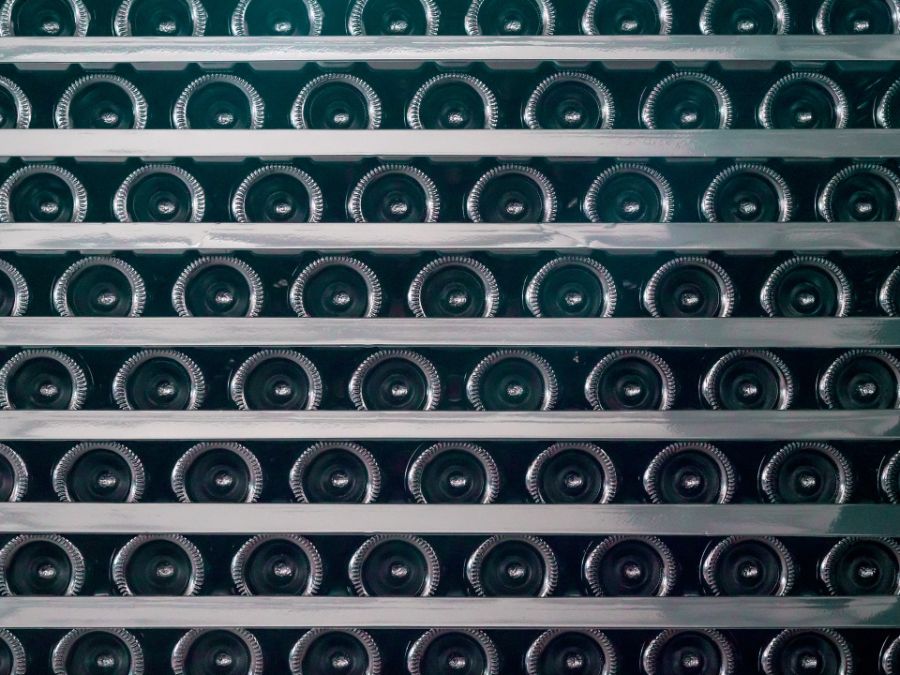The road from being a wine enthusiast to a collector of wines is a short one because there is great pleasure to be had both in enjoying wine and learning about it. And with so much variety, curating a wine collection that is personal to your tastes is not only fun, but it can be very rewarding.
But when you are building your collection, there’s a lot more that goes into it than just choosing and buying wines. After all, you have to be able store your wine properly because nothing can spoil wine faster than poor storage.
In this post, you will learn how to properly store wine, so you never have to worry about your investment being ruined.
What Temperature Should Wine Be Stored At?
Temperature is arguably the most important thing you need to consider when storing wine. If wine is stored at a temperature that is either too warm or too cold, it could quickly become spoiled. For most wines the ideal temperature for long-term or short-term storage is around 55°F (13°C). Most wines should never be stored below 25°F (-4°C), which will cause it to freeze, or above 68°F (20°C).
The temperature should also be kept as stable as possible. When wine undergoes temperature fluctuations, it can cause the cork to expand and contract. This expansion and contraction can cause wine to seep out, or air to seep in, around the cork.
Most wine manufacturers will share their temperature recommendations about specific wines on the label or on their website, so if you have questions or concerns, you should always consult the manufacturer.
What is the Best Place to Store Wine in the House?
Serious wine collectors have wine cellars, but not everyone can afford to transform their basements into a temperature- and humidity-controlled wine storage facility. Most enthusiasts will do just fine with a wine refrigerator. A wine refrigerator is designed specifically for storing wine because it maintains a consistent temperature between 50-60˚F (10-15˚C) and at the proper humidity (between 60 and 68 percent). The wine refrigerator will also keep the wine in a dark environment, which is important for preserving the wine’s flavors and aromas.
Should Wine be Stored on its Side?
Whether your wine should be stored horizontally or vertically depends on if it has a cork. Bottles with corks should be stored on their sides in a wine rack because this allows the wine to stay in contact with the cork. Keeping the cork moist is essential for long-term storage because it prevents the cork from drying out and allowing air into the bottle, which will prematurely age the wine.
Wine bottles with screw tops do not need to be stored on their sides, but from a space-saving perspective, storing them on their sides will allow you easier access and will help you to maximize your storage efficiency.
How Long Can You Store Wine?
Most wines have a best by date on their labels. But when stored properly and kept unopened, white wines can often outlive their recommended drinking window by 1 to 2 years, red wines by 2 to 3 years, and cooking wines by 3 to 5 years. Fine wines, on the other hand, can typically be stored for decades. If the bottle is opened and stored properly, then it will last anywhere from 3 to 5 days. The grape varietal, harvest conditions & how a wine is made can greatly affect the shelf life of the final product. Once you know all those parameters, good storage is key to realizing a wine’s full potential.

